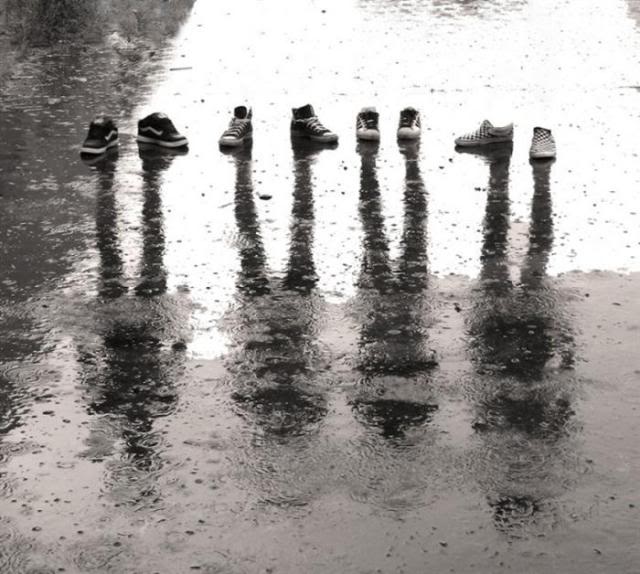I read a quote the other night that made me pause.
“When the empty spaces show up – if we let them – that is exactly when our lives get quiet enough to make room for what is next.”
And, no, this is not another post about control despite the emphasis on “if we let them.”
Everyone has felt emptiness – when you feel alone, void of substance, deserted and drowning in your own nonexistence. And it’s at that moment; you’re faced with a choice. Sit and drown. Or swim to the surface.
It’s all about perspective.
Perspective is a funny thing. One event, situation, object, person is just that – one. But the views of that one event, situation, object, and person are unlimited. We’ve all heard it before; “take a walk in his/her shoes.”
Before I go any further, let’s visit urbandictionary.com so there’s no confusion.
Perspective
If you put something into perspective you show that you realize or make others realize the importance/significance of the thing you are referring to. Alternatively, it means you put the thing into its correct place (or make it clear for you and others).
Perception
May be thought of as orientation of your internal state of mind. The common theory of perception is based on the philosophy that there is an external world that is real to which we react – however that is an Aristotlean dictatorship which is imposed on the masses who reside inside the educational system and have come wired up to it like humans wired up to the matrix. In reality, considering the state of perception it is perfectly possible to perceive virtually anything, and believe any construct or effect that arises from the actions which inevitably arise as consequences of those perceptions. In other words: what you believe, you become. It goes ever deeper than this, but you really do have to take the initiative and step outside of the box of your conventional thinking if you want to experience it for yourself.
Resume.
Taking different perceptual positions allows you to step out of what you currently know and are experiencing and into a whole other realm of potential. You’re able to gather new information and a new perspective by removing yourself and opening up to the possibility that there is more that one way to look at something.
- Self: a total self-reference, and is just the perspective from your own eyes.
- Other: look in from another person’s perspective. This helps you emphathize and see another person’s logic (especially in an argument).
- Observer: completely disassociate yourself from the situation. Detach all emotional ties and opinions.
- We: look at the entire situation as a whole. Consider the best interest of the unit as a whole instead of its parts.
For most of us, our perceptions are based on past experience. Past experiences shape the way we view what is happening today. The problem with this is the unintentional but inevitable habit of preconceiving notions. We inherently assume an event, situation, object, person is going to behave the same way as it has in the past. Every time we approach situations in our lives, our minds search for a reference point. The end result? Sabotage.
We are comprised of individual maps of reality. And if you can make this internal map conscious (rather than running on auto) you can be aware of the choices in your life. You can see how you create your experiences, your thoughts, your feelings, your life. By choosing to step outside your normal perspective, you are able to perceive your life wholly and decide where it can lead you.
And dammit, I’m back to control.
“We can always choose to perceive things differently. You can focus on what’s wrong in your life, or you can focus on what’s right.” – Marianne Williamson







Wow. The writing on this blog makes me cringe. Did you graduate 7th grade yet hunny? This is the problem with the internet, that it gives losers a chance to air their irrelevant and worthless thoughts. Please fall off something high.
Did someone force you by gunpoint to read this blog? No? I didn’t think so! So take your asshole comments somewhere else, douchebag!
It’s funny you mention graduating 7th grade… Who tells someone to fall off something high?
Nice job Brian! Your comment certainly proved your point that “This is the problem with the internet, that it gives losers a chance to air their irrelevant and worthless thoughts.”